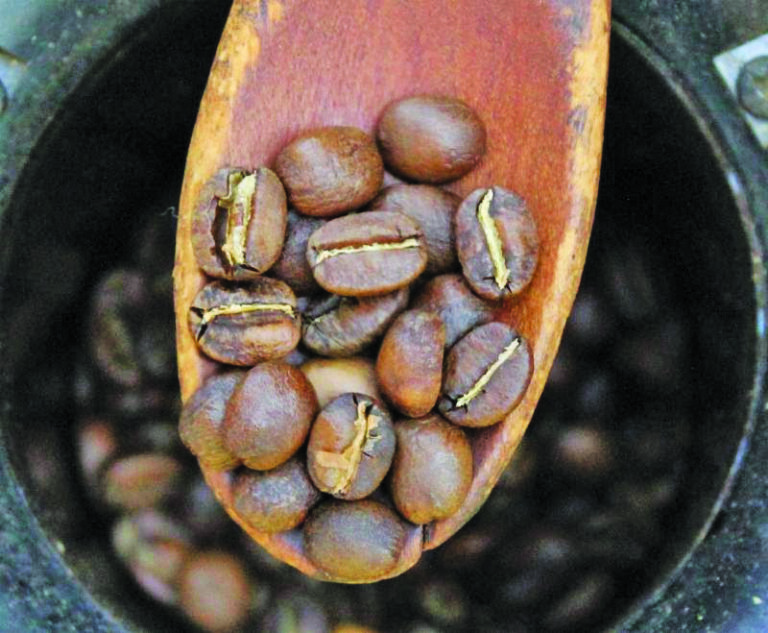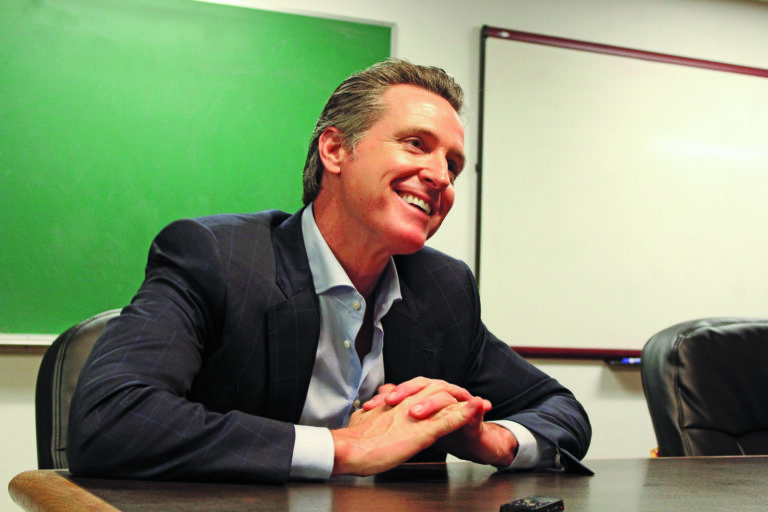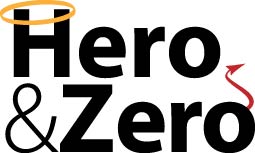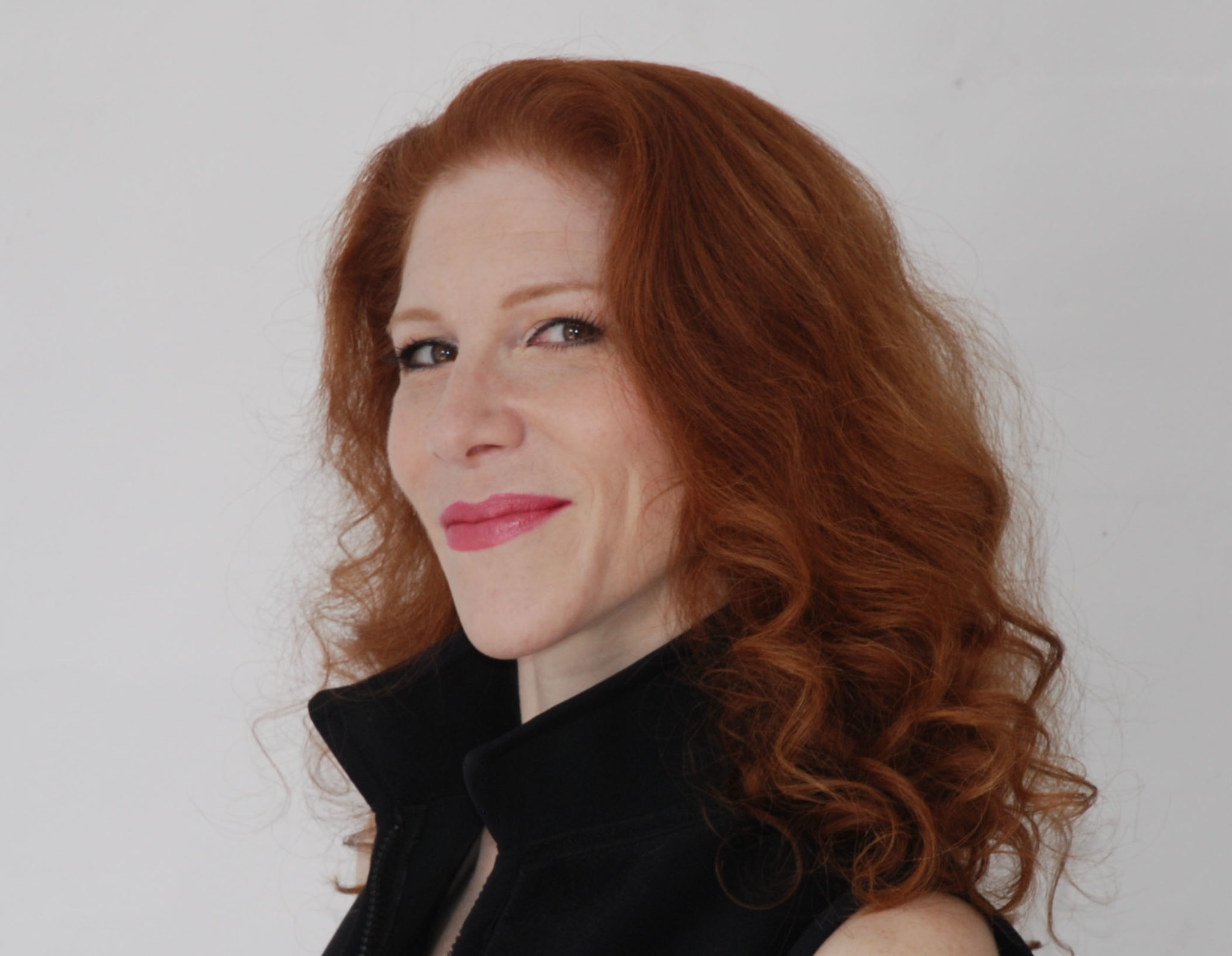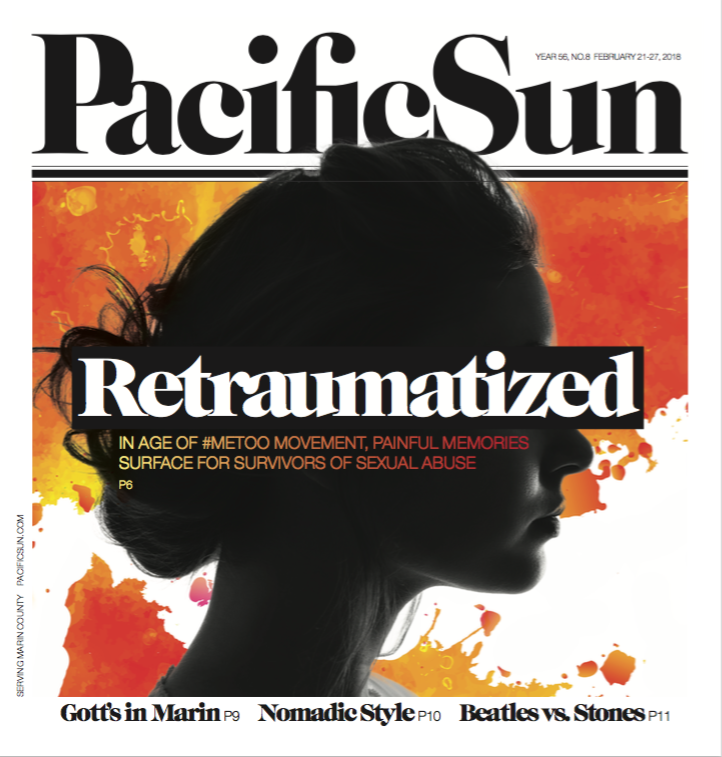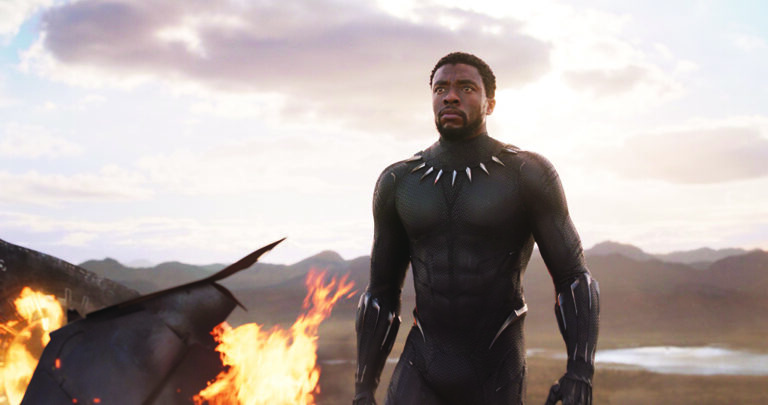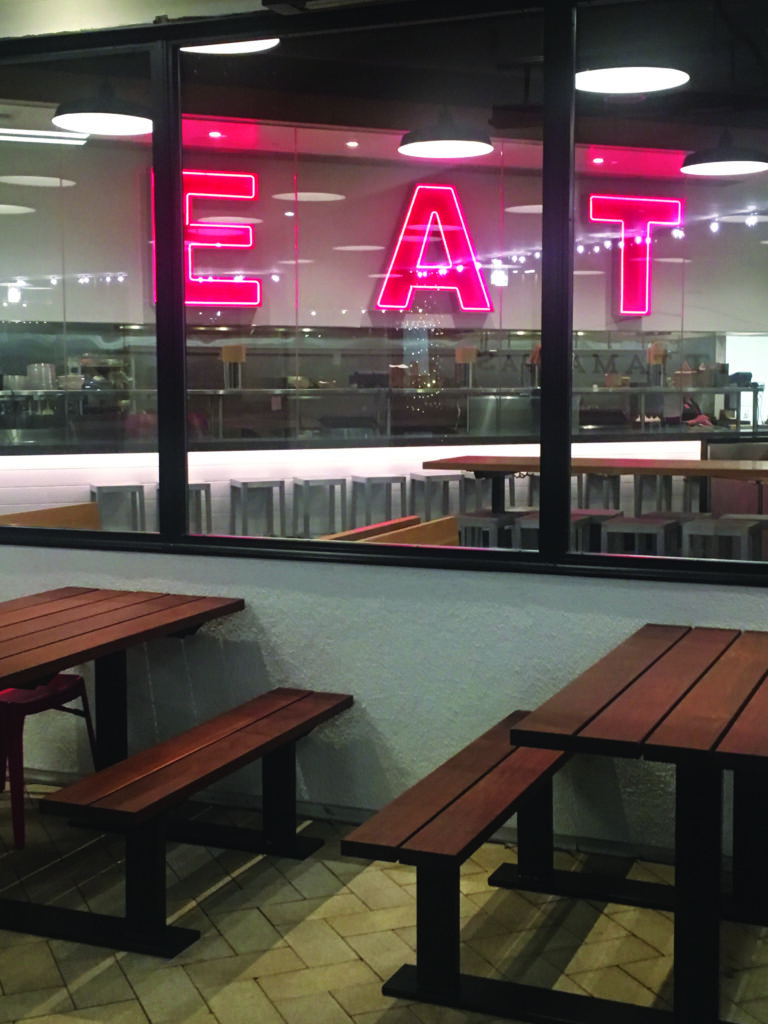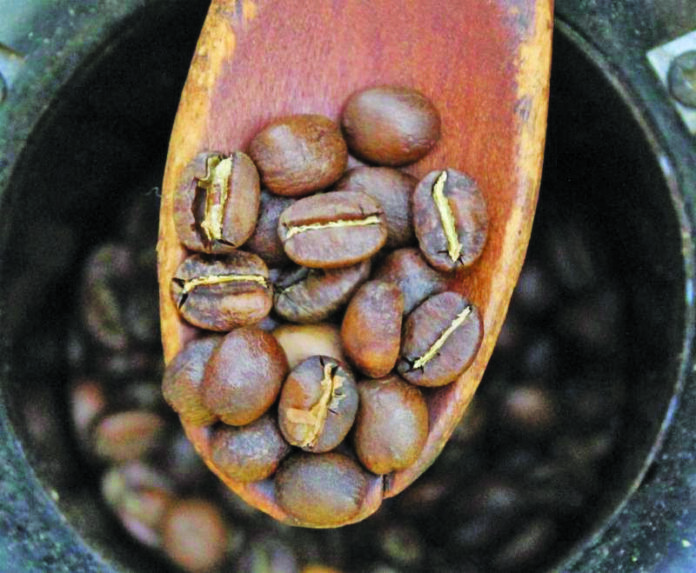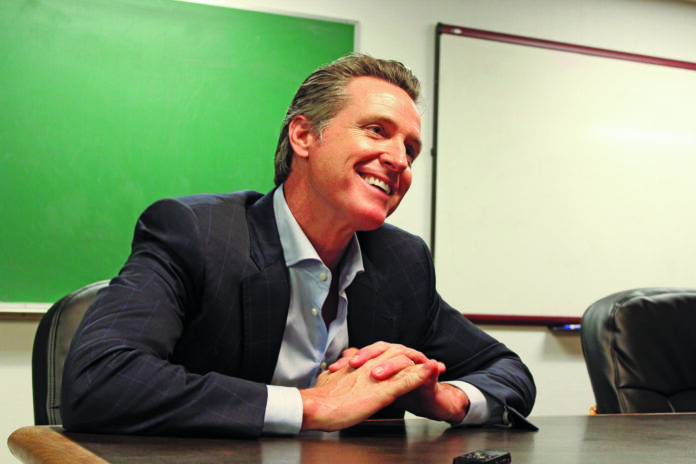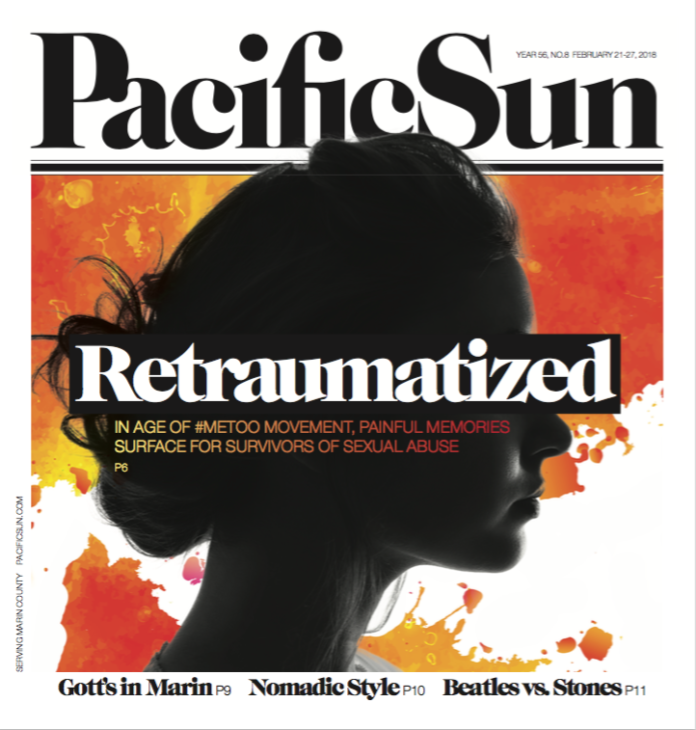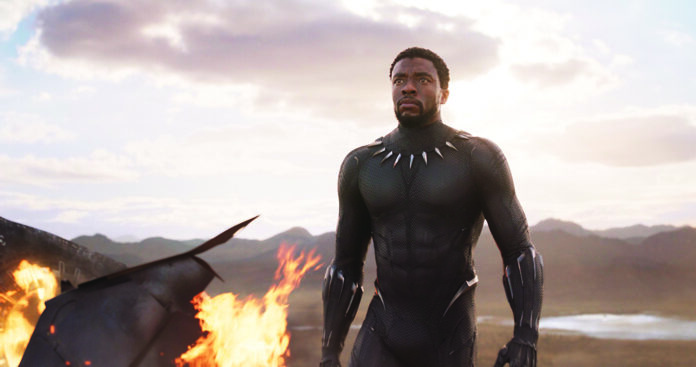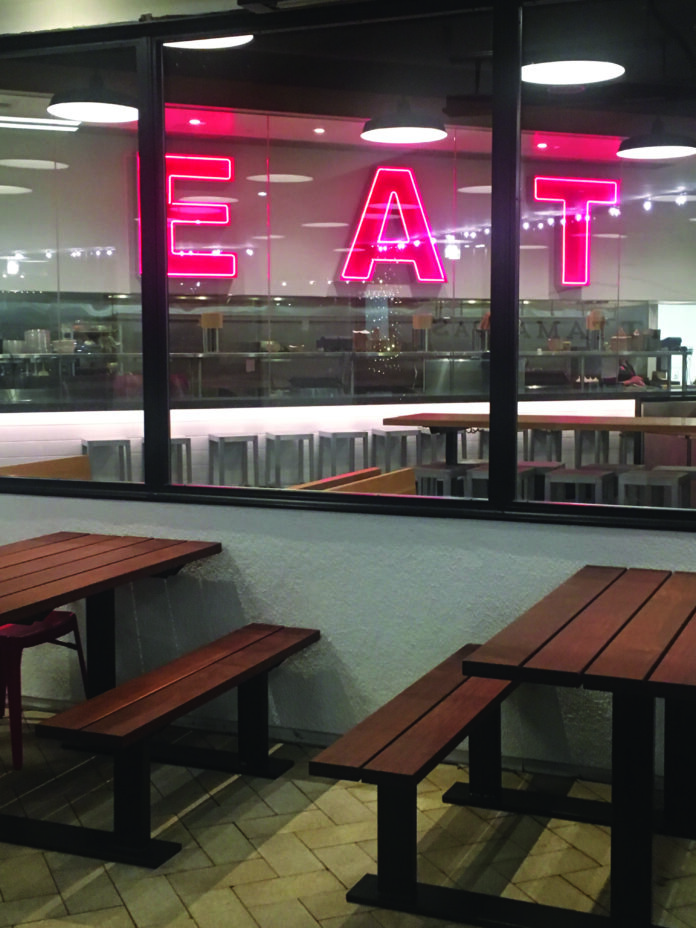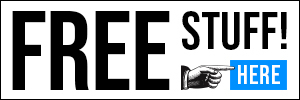Lt. Gov. Gavin Newsom is running for governor of California this year, and our colleague Jennifer Wadsworth, at Metro, our San Jose-based sister paper, caught up with him at a recent event at the Laborers’ International Union of North America in Silicon Valley. Newsom talked about education, the tech sector, income inequality, cannabis, affordable housing, Trump and more (see our ‘Weed the People’ story, Feb. 14, for more on cannabis). Will Gav be guv? He’s facing off against former Los Angeles Mayor Antonio Villaraigosa (who nabbed the endorsement of San Jose Mayor Sam Liccardo), California State Treasurer John Chiang and Delaine Eastin, the former California state superintendent of public instruction and the only woman in the race. The latest polls have Newsom and Villaraigosa running neck-and-neck in advance of the nonpartisan June 5 primary.—Tom Gogola
Pacific Sun: Bay Area cities are ground zero for income inequality. How do you think we arrived at this point of extreme poverty in the shadow of plenty, and what steps would you take as governor to alleviate those problems—both on a structural level and in the short-term?
Gavin Newsom: The only substantive way we’re going to address this issue is you’ve got to begin at the beginning. Our interventions come too late. We’re playing catch-up, we’re triaging it. At the end of the day, if we don’t focus on the first few precious years of a child’s life, we are making a huge mistake—and we’ve been doing that for a generation. The science is in, it’s overwhelming: Billions and billions of neurons exploding at the same time; 85 percent of that brain is developed by the age of 3. If you don’t capture a kid by the age of 3, we’re going to be spending extraordinary amounts of money playing catch-up.
So we have a huge focus on prenatal care, on nurse home visits, early intervention and those first three precious years. Obviously as mayor, I did universal preschool—fully implemented it. That’s profoundly important from a foundational perspective. But that’s, to me, my focus: The readiness gap, and not waiting for it to become an achievement gap.
Do you think that’s something California could pull off without federal funding?
We can. We’d love to see the federal government recognize what all the experts already know, but the state can amplify better behavior at the local level. Local government needs to significantly increase its investment, counties need to increase their investment, and certainly the state needs to incentivize that. And that’s a big part of what we want to do, is incentivize better behavior at the local level.
I think what’s happened in the past is, [what] governors have done—we’ve modestly invested in this space, but not to the degree that I’m committed to. This is a very specific distinction between my campaign and the campaign of others, and between the status quo and what I hope to promote as the next governor.
How do you fund something that ambitious?
It’s a question of priority. We did [universal] preschool in the middle of a recession as mayor. I did universal healthcare in the middle of a recession as mayor.
So you’re advocating a bottom-up approach?
It’s the only way to address these issues. Otherwise, I’m just giving you platitudes, I’m just giving you political speak, I’m saying nothing meaningful, because all I would be offering is a strategy to fail more efficiently. And that’s, unfortunately, what we’re doing. There has to be a recognition and a reconciliation of the failure in our society to substantively address the importance of those critical early years.
You garner a lot of support from the tech sector, and you’ve championed the tech industry as a way to solve some of the inequalities we’re grappling with. But in many ways, Silicon Valley has exacerbated these social ills. As governor, how would you hold the industry accountable to upholding its end of the social contract?
One of my closest friends, the godfather of my firstborn, Marc Benioff [CEO of Salesforce], is a shining example of someone who gets it and gets it done. Follow his example. He’s been an unbelievable leader. He’s walked his talk, on gender pay and pay equity and environmental stewardship. He just announced what they’re doing with the Salesforce Tower in terms of meeting LEED Platinum levels, and the incredible water-efficiency proposals that he’s advancing. My point being that on issue after issue, on homelessness, philanthropy contribution, on what businesses can do in real time—not waiting until a massive amount of wealth is concentrated and then at the end of your life you redistribute it—he has marked, I think, the type of example that others should follow.
Giving while living.
Yeah, and also, you know, amplifying the workforce to do the same individually—not just as an institution. It’s a way of saying this: Look, I’m very close, as you know, with a lot of leaders in the community, and there’s an empathy gap, and that needs to be closed, and I’m committed to working in the valley to address those issues. I’d like to see the kind of ingenuity, the entrepreneurial spirit put to address the issues of social mobility as it is for pushing out products and new iterations of releases.
And to see them repatriate their taxes?
Well, it’s also an opportunity—don’t think for a second that when I read Tim Cook’s announcement [to repatriate Apple’s overseas profits because of the GOP tax measure] that I didn’t think of many things that he could be doing in the state of California with those dollars to address those issues. By the way, one of the big ways is to deal with the housing crisis in this region. That’s an issue that should immediately galvanize the tech community, particularly when it comes to the missing middle, to workforce housing.
In that same vein, how do you plan to make sure local governments are building their share of affordable housing?
They need to be held to account. In our housing plan, we want to assign sanctions for those who aren’t meeting their housing element. We actually want to be punitive. You’ve got to be tough.
How? By withholding transit dollars. It’s an amazing part of our proposal that no one has yet seemingly read. Because if they had read it, they would be critical.
I know the Metropolitan Transportation Commission (MTC) has talked about that for a long time.
Thank you. Yes, and we reference the MTC’s work in our plan. So we’re there. I was inspired by that, in fact. You’re the first person I’ve talked to who’s known that.
I interview a lot of wonky people about this kind of thing.
That’s great.
Would you sign a bill to repeal the Costa-Hawkins Rental Housing Act [the 1995 state law which limits locally written rent-control ordinances]?
I would promote amendments to Costa-Hawkins. I don’t know that I would come out with an outright repeal. I think the consequences of that could be pronounced, particularly on housing production and construction. I think it could have a chilling effect.
That said, I take a back seat to no one on my strong support for rental protections, eviction protections, [the owner move-in] Ellis Act—you couldn’t be mayor of San Francisco unless you were raising the bar on those issues. I think there’s a real deal to be made with the advocates of that repeal, and some of the larger organizations, from the realtors and the [California] Apartment Association. So I would encourage that.
Let’s talk about cannabis. One of the complaints we’re hearing from consumers is about the high cost of compliance, the high cost of regulation under Proposition 64, which appears to be prompting people to turn back to the black market. What do you think the state can do to strike the right regulatory balance here, to prevent illegal sales and to keep the industry above board?
Look, I was the principal proponent, principal author of cannabis legalization. I spent three years organizing an effort to get it on the ballot, and to get it passed, and I feel, as a consequence, a great sense of responsibility to make sure it’s done right. Legalization is not an act that occurred on Election Day, November last year. It’s a process that will unfold over a course of years, and that’s why you’ve got to be open to argument, interested in the evidence, those kinds of concerns, and iterative in terms of those applications to the rules. As you know, in the initiative we allowed for a simple majority—or a modest majority, forgive me—to amend so we don’t have to go back in front of the voters.
I’m worried about the small growers—absolutely, unequivocally. I’m worried about the black market being stubborn and persistent because of the regulatory environment, and I want to be in tune and in touch with that and address those issues in real time.
On clean energy, you said, “It’s a point of pride and a point of principle for the next governor to change the bar.” In what ways would you raise that bar and turn Gov. Brown’s memoranda of understanding on these issues into actionable steps?
If the governor doesn’t sign a bill to get to 100 percent [clean energy] by 2045, then I will. I want to eliminate diesel by 2030. We have to move forward with regionalizing our grid. We’ve got to focus on storage enhancements. I want to double all local efforts.
Look, I’m the guy who did the plastic-bag ban, I was the one that presided over a city with the first composting requirements in the U.S. and the highest green building standards in the country. San Francisco was the national leader in low carbon green growth. Every year San Francisco is being called out as one of the greenest cities in the United States—if not literally the greenest. Portland, Oregon, stubbornly, is right there with us. I’m passionate about these issues. Picking up where Gov. Brown left off is very exciting to me and enlivening, and so this is an area where no one has to convince me to maintain our leadership internationally, not just nationally.
You mentioned in your speech earlier that it’s important to put out a positive, alternative narrative to the Trump administration. What would that ‘positive, alternative narrative’ look like in concrete terms over the coming few years?
All of the above. Everything we just said. From affordability, to healthcare, to the environment, to the issues of promoting our values and the diversity. The entire conversation is framed in terms of what we export that’s so uniquely California. We’re the innovation capital of the world, entrepreneurialism is running through our veins, research and development, diversity is celebrated not tolerated, environmental stewardship, issues associated with healthcare and taking some more aggressive and bold approaches to addressing the needs of our uninsured—all of these areas that I think would provide ample evidence of California’s dominance in terms of mind-share, in terms of economic growth, in terms of advancing our agenda for the future.

